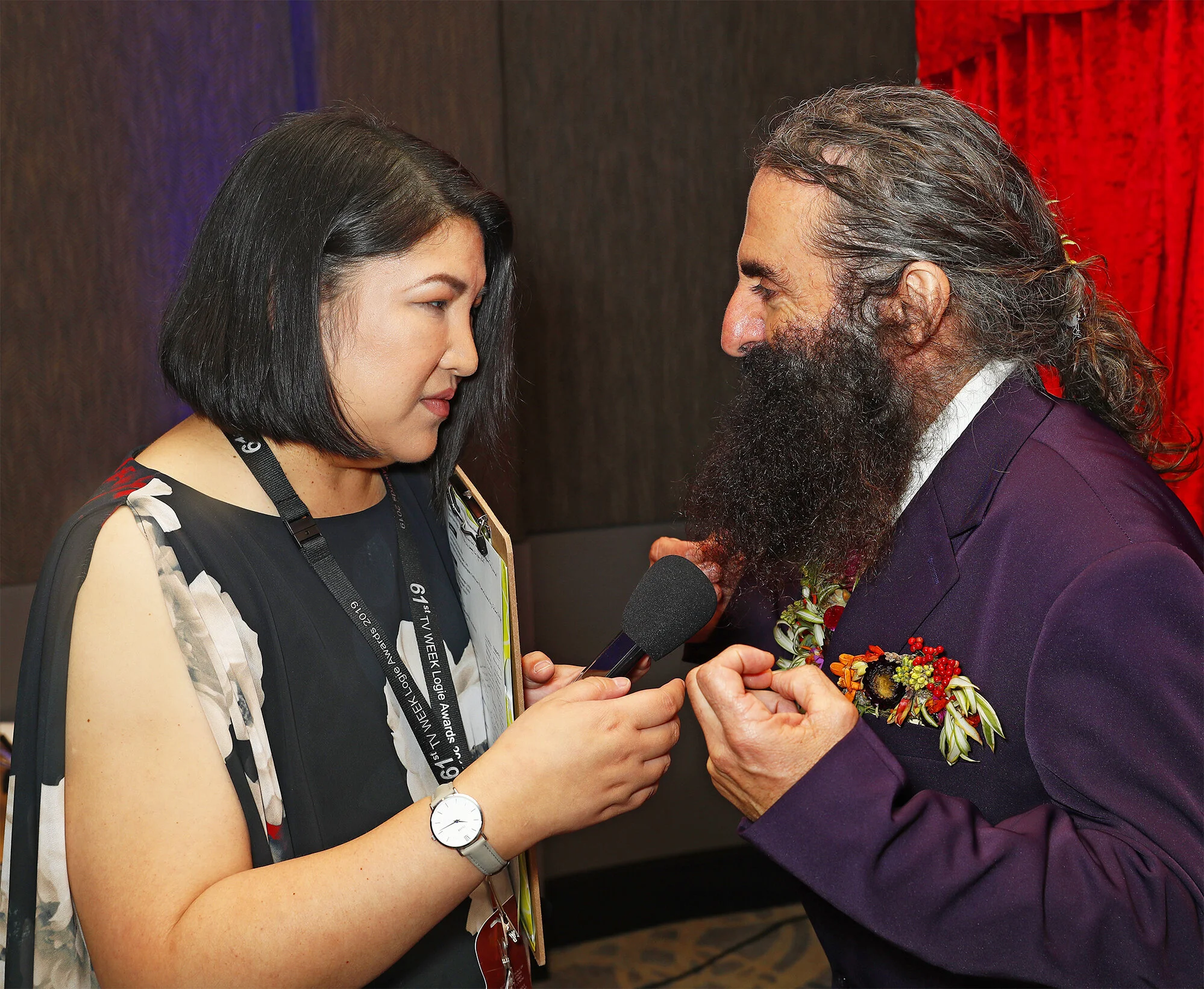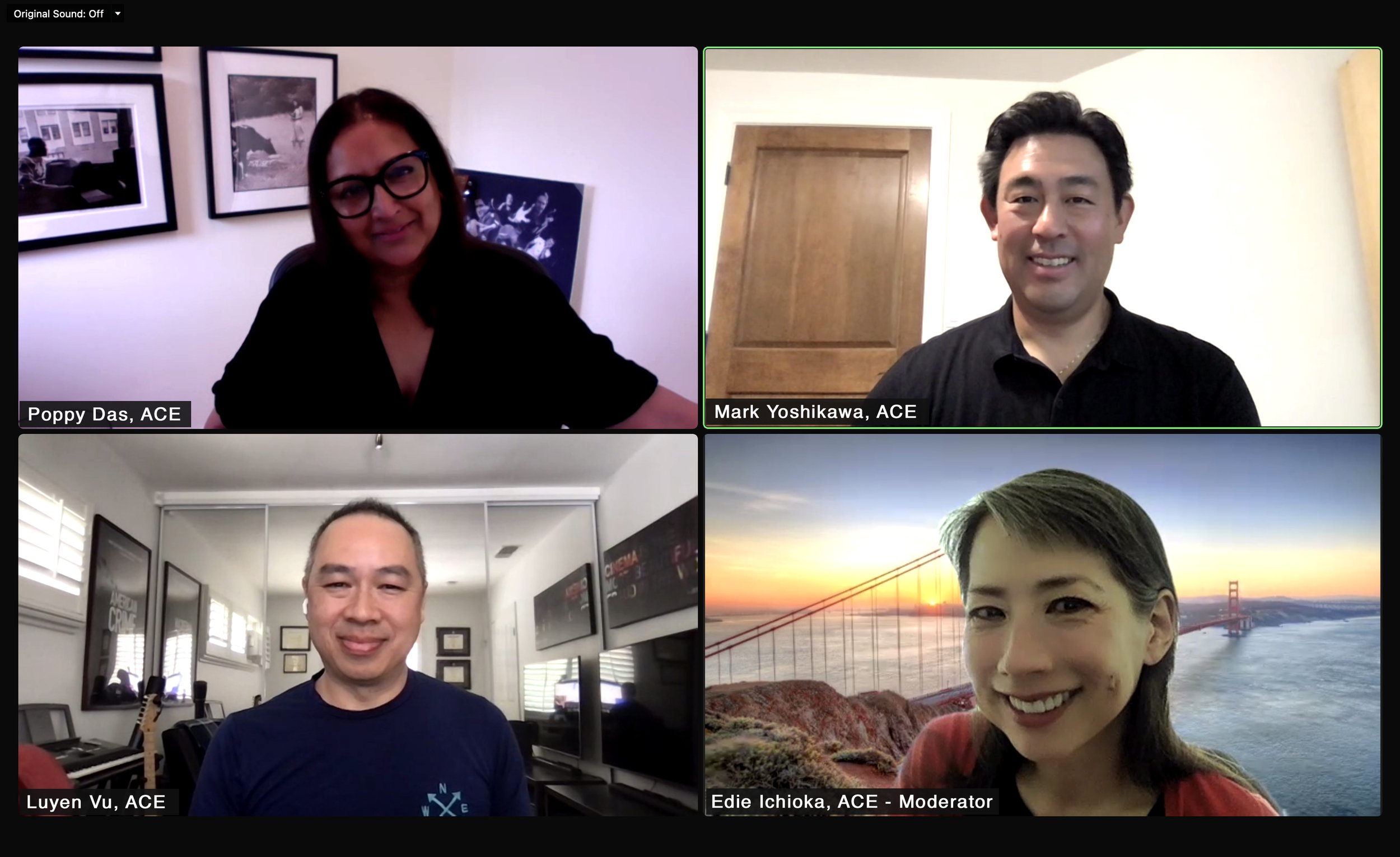You had to create the thousands of snail objects that Grace collects. So in her hoard, what’s happened to that hoard?
Yes. That hoard is now on display in Melbourne at the Australian Centre for the Moving Image at Fed Square. Not all of it survived; a lot of the sets disintegrated, but we’ve kept the good stuff. And it’s on display for two years.
That’s another layer to this story, which is the idea of people surround themselves with objects both to relive nostalgia or to contain their grief. Was that explored to the way that you had wanted fully once you saw the movie?
Great question. Because that’s what it is. It’s a process of distillation. I’ve actually just gone through a process of decluttering my life. I’m quite a minimalist now. We did this with my mum, and when we were going through my mother and father’s semi-hoard — they’re mild hoarders, Dad’s passed away now, but he had three sheds full of stuff — we’d literally pick up every item and say to them, “Do you need it?” Or, “Do you want it?” And, you know, “What degree of sentimental value does this have?” For example, my mum had 92 champagne glasses. Yet she doesn’t drink and never had a dinner party. So it’s like, “Oh, but my great auntie gave me those.” And I said, “Well, let’s keep one and donate the others to charity.” So it’s that sort of thing. And that’s what Grace does. She gets to the point where she keeps hold of things, including her hat. There’s that moment where she goes to burn that hat, and she says, “No, this is really important. So let’s keep that, and I’ll keep the picture frame of my brother, and my mother’s ornamental snails and the ashes jars.” I think what I’m trying to say with all of us, is that we’re bowerbirds. We collect all this stuff and surround us. We live in a consumer society and a capitalist world, but really, particularly just for the environment’s sake, we’ve all gotta declutter and reduce, reuse, recycle.
Memoir of a Snail began its run in Australian cinemas on October 17, 2024 and now screens on Stan. For more information, go to https://www.madman.com.au/memoir-of-a-snail/ . This piece also ran on my page in Medium. Below is the TV Week story.





























